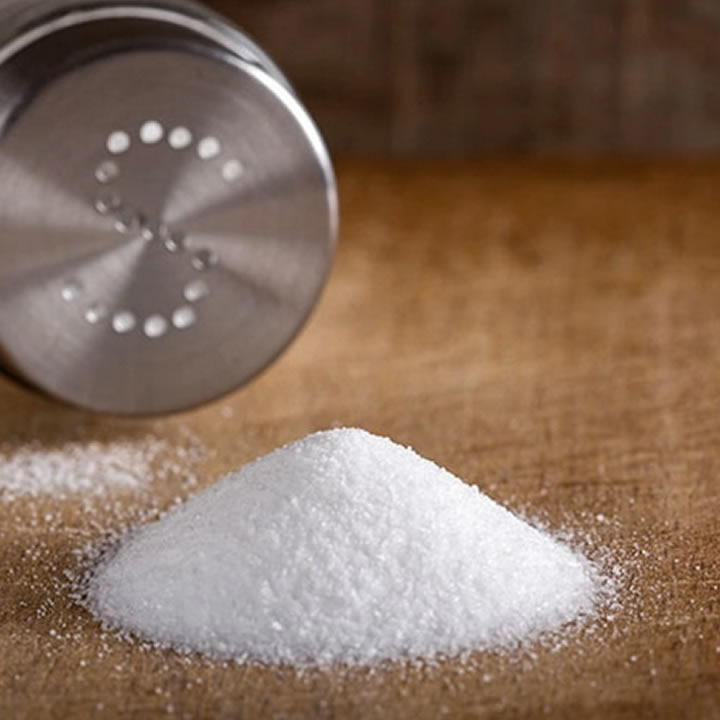Salt sachets are commonly visible in restaurants, offices, and hotels. If you always pick salt sachets whenever you go out for eating, here is something essential to know.
Salt or sodium chloride can lead to some great health issues, including high blood pressure, water retention, or weight loss if taken eerily. Therefore, it is imperative to have an eye on your salt sachets consumption.
Let’s talk about some great facts on salt consumption and get the right insight on sodium and its right amount for a healthy lifestyle.
Is salt really bad for your health?
The natural food preservative – salt acts as the soul of food – is the prime ingredient that adds flavor to food. However, a higher amount of sodium chloride can lead to serious health hazards.
The first question you should ask yourself is how much salt is in a salt packet. The answer is two and a half teaspoons. So you should not exceed 2.5 teaspoons of salt in a recipe. But if you must use salt, you should follow the recommended guidelines.
Usually, it is recommended to use two and a half teaspoons of salt per meal.
If you are looking for a more specific figure, consult a doctor for advice.
2.5 teaspoons
The amount of salt in a packet is measured in teaspoons, but the weight is not the same. For example, the weight of the crystals of one salt is much larger than that of another salt. In most cases, a salt packet contains about 2.5 teaspoons of salt.
However, there are exceptions. For example, a salt packet with 2.5 teaspoons of salt has a weight of 10 grams, and this is the same as the weight of two tablespoons of salt.
The amount of salt in a packet of fast food is probably higher than you think. Even a salt packet in your office drawer contains more than 2.5 teaspoons of salt. And it can lead to a number of health issues.
Here are some precautions to take to ensure that the amount of salt in your salt packet isn’t too high:
Keeping tabs on your sodium intake
One way to reduce sodium in your diet is to keep tabs on your salt intake. Write down all the salty items you eat. Sodium levels can vary considerably among brands and restaurants. By tallying up what you eat, you can make healthier choices in the future.
Below are the foods with the highest amounts of sodium:
- Cold cuts and cured meats
- Chips
- French fried
- Chicken nuggets
- Burgers/Sandwiches
- Pickles
- Bread and rolls
- Pizza
- Chicken
- Soups
- Burritos and tacos
- Savory snacks
Make sure to check the labels of all food items. Keep your sodium intake below 140 mg per serving.
When choosing food, check the label to determine how much sodium you are getting per serving. For example, one slice of chicken pie might contain more than 400 mg of sodium, while two slices of deli ham could contain as much as 250 mg.
Trying to eat the entire pie could mean double the sodium and calories. To avoid this, choose smaller portions of your meals. Adding a salt packet to your food is a convenient way to monitor sodium.
Keeping tabs on your salt intake
To cut your salt intake, you must keep a close eye on your meals. Start by avoiding processed and packaged foods. For example, avoid salted meat and smoked meats, and look for unsalted varieties of cheese.
You can also switch to unsalted peanut butter and crackers. Also, go for mixed pasta dishes such as lasagna and pizza. In addition, you should avoid salty snacks like potato chips.
Keeping tabs on your salt intake is important to prevent heart disease and high blood pressure. Unfortunately, most Americans are eating too much sodium. Their average daily intake is 3,440 mg, more than 50% above the recommended limit.
Cutting back on sodium intake is good for heart and kidney health, and it’s especially important for people of African descent. In fact, reducing your salt intake by just one teaspoon each day can help improve your heart’s health.
Avoiding salt in recipes
Using less salt when cooking is an excellent way to reduce sodium.
Depending on the recipe, you can use up to half the recommended amount. This will give your dish a flatter taste, but you will also want to increase the proportion of other spices to compensate for the lack of salt.
You can also try substituting herbs, spices, and miso or soy sauce for salt. If you are worried about eliminating salt from your recipes, you can always use a bit of vinegar instead.
In many recipes, you can substitute sodium chloride for potassium chloride, a flavor enhancer.
However, you must check with your doctor before using this type of salt. In addition, potassium chloride can be problematic for people with certain medical conditions. Instead, you can use herbs, spices, or vinegar to create new flavors without adding salt.
You can add fresh lemon or lime juice to food or use other spices as a finishing touch.

